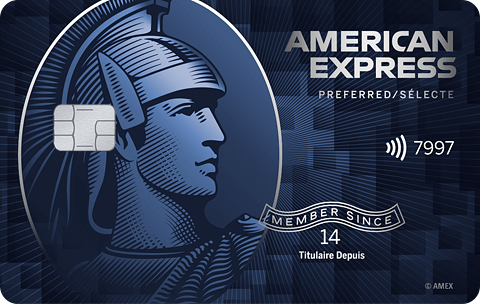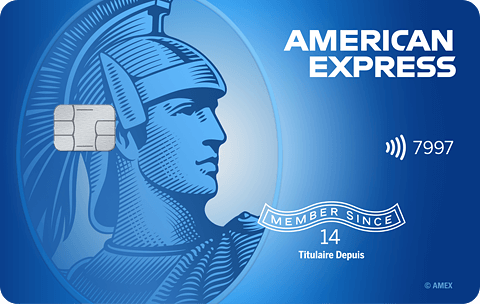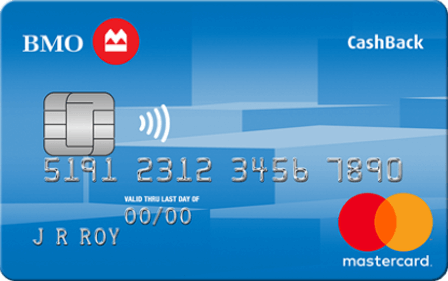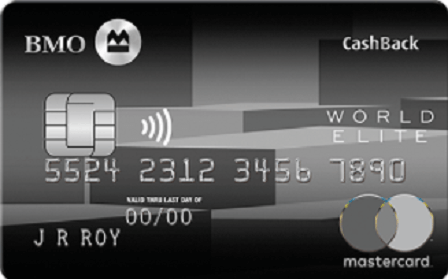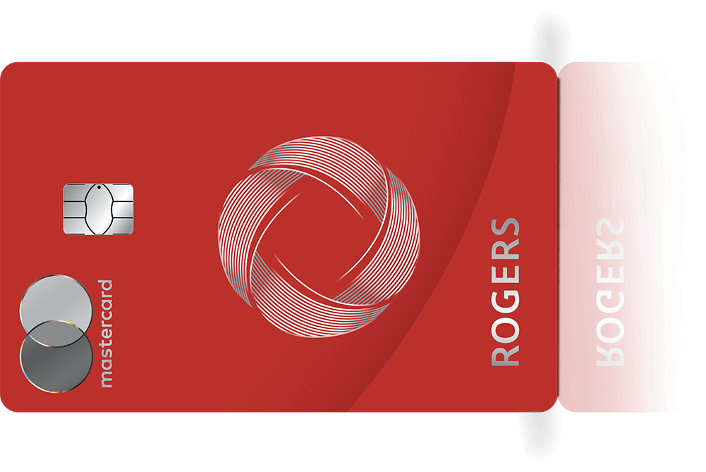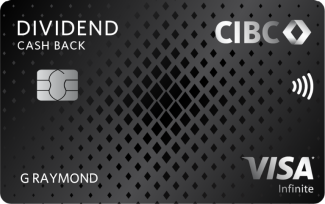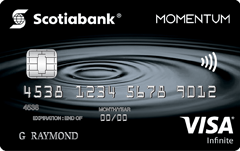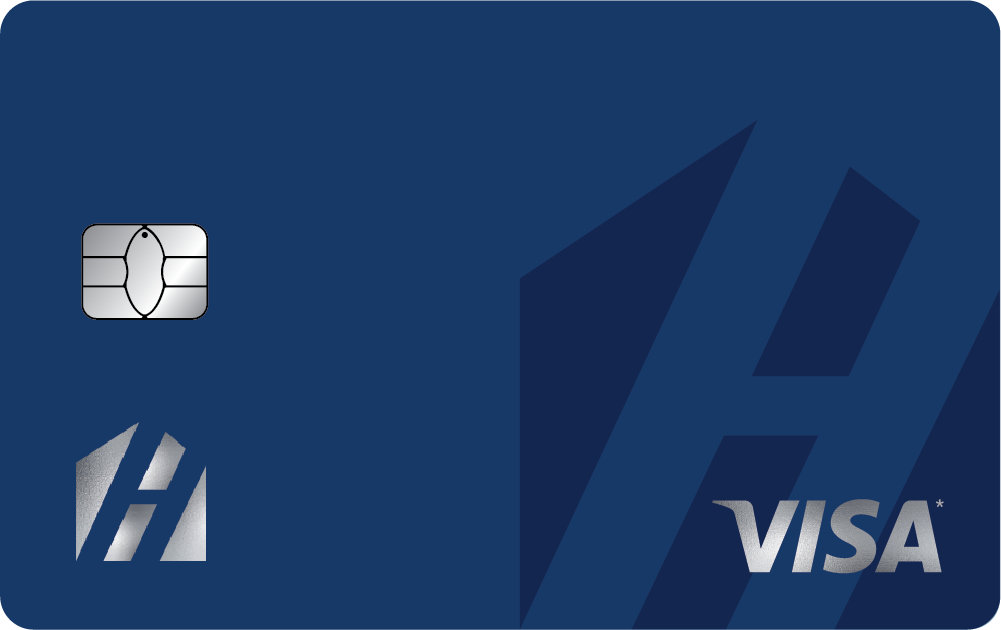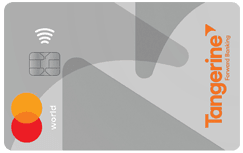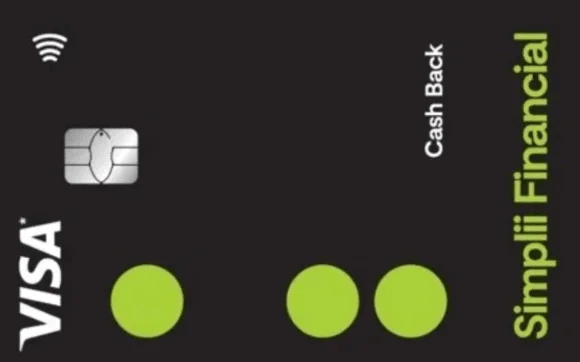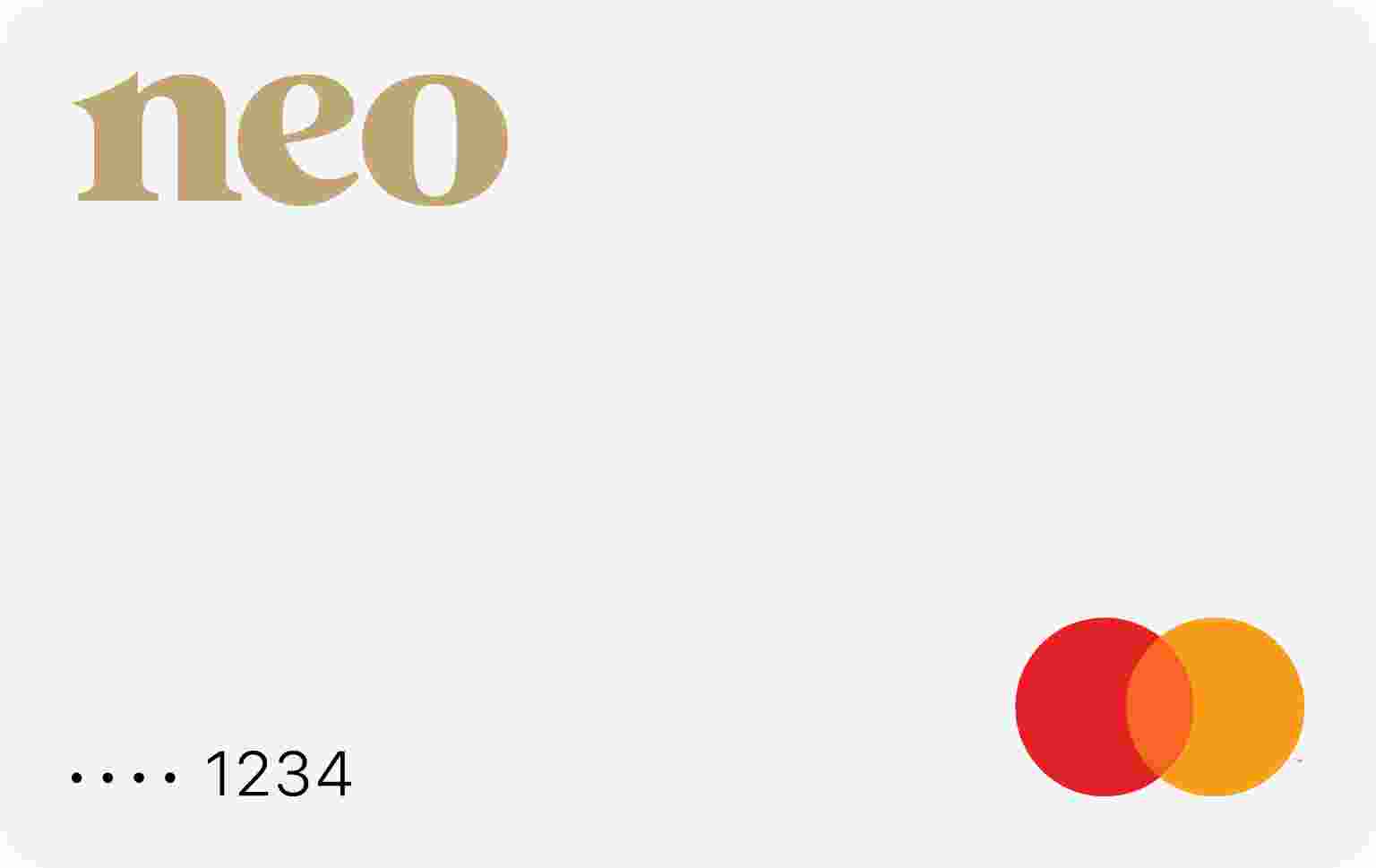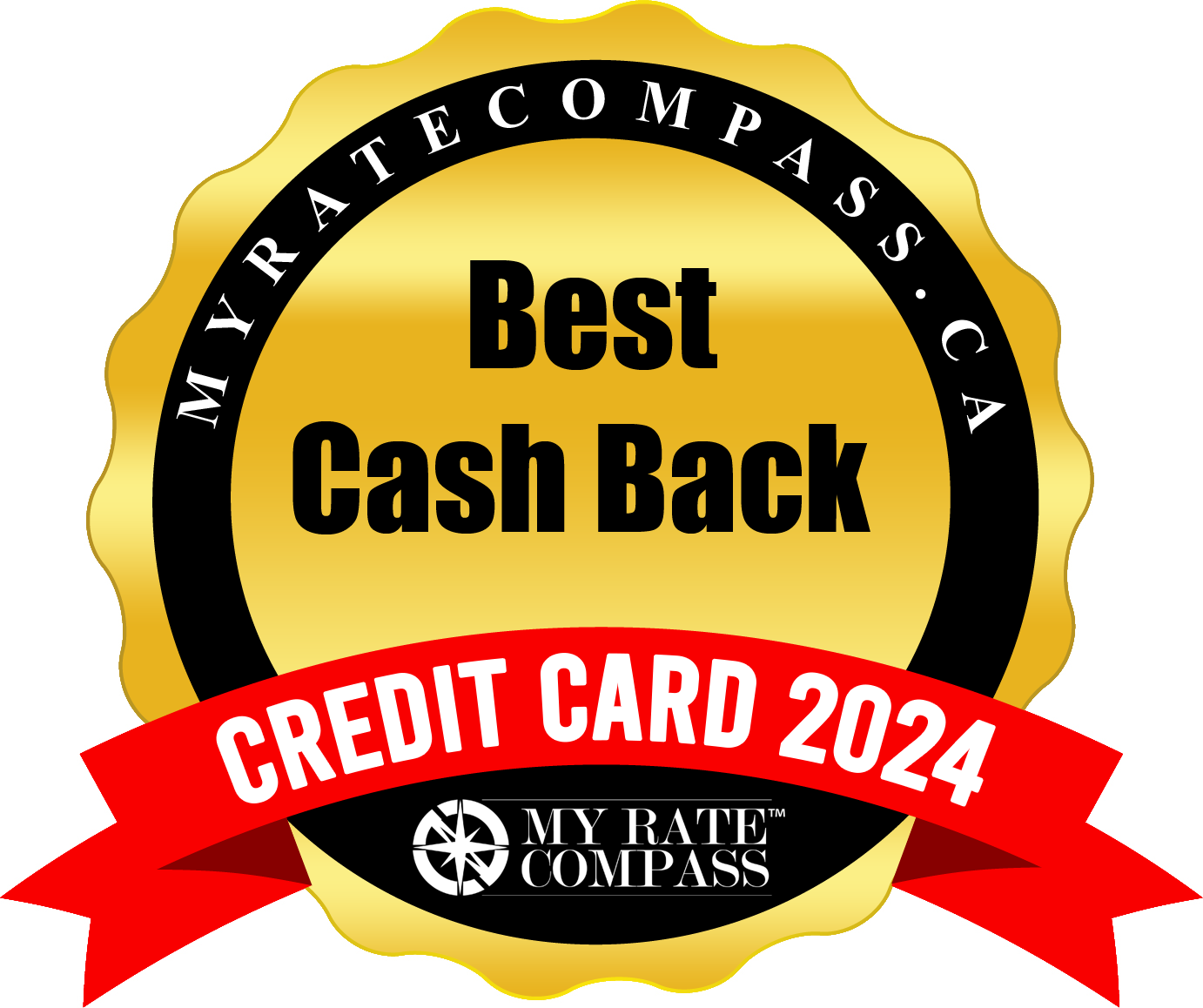
Cash Back Credit Cards
Cash back credit cards are a type of loyalty program. Instead of collecting points towards free rewards such as travel, cardholders receive cash back. While this might seem impossible to imagine, credit card companies see the value in helping people grow their money, instead of just their debt. Here we look at the Best Cash Back Credit Card and further down everything you need to know about cash back credit cards to help you decide if they are right for you.
What is a cash back credit card?
Cash back credit cards pay users a percentage of the money they spend on the card. This works similar to a rebate program. In most cases card holders can expect to receive somewhere between 1 to 2% of their purchases. For example, if you were to spend $1,000 on a 1% cash back card, you earn $10. This type of reward program helps people in a number of ways including:
- Building a good credit rating
- Payment towards purchases
- Growing savings
As a result, they have become a very popular form of reward credit card.
How do cash back credit cards work?
Most cash back cards require an average to excellent credit score to qualify. If you don’t have a credit history or have a poor credit score, chances are you might not qualify. Here are the basics of how cash back credit cards work:
Sign-on Bonuses
Some cards offer sign-on bonuses such as $200 for newly approved cardholders. However, these also come with requirements such as cardholders have to spend a certain amount of money by a certain date to receive the bonus. Another thing to watch for is the low introductory APR when you sign up. Once this rate expires you can face APRs ranging from 15% – 25%.
Annual Percentage Rate (APR)
Each cash back credit card has an APR that determines how much interest you pay. It’s always best to pay off your monthly balance on time each month to maintain a good credit score and avoid interest charges. If not, you basically cancel out anything earned in your cash rewards. Often the higher the cash back rate, the higher your APR.
Fees
These credit cards might apply various fees including:
- Annual Fees: Because cash back cards offer cash rewards, they often charge an annual fee. This can range from $50 to $100 per year. As with APRs you will find that the higher the cash back rate, the higher the annual fee might be. Depending on how much you intend to spend on your cash back card, the rate of cash back and how often you carry a balance, you might find your cash back card costs you more than a normal credit card.
- Late Fees: Some cards also have late payment fees, so if you tend to be behind on your credit card payments, this card is probably not right for you.
- Foreign transaction fees: Many cardholders don’t even notice they are being charged this fee. However, if you shop at global sites, or travel, this can really add up.
Redemption
Cards redeem points in different ways including:
- Checks
- Direct deposit to your bank account
- Deductions from your credit card balance
- Gift cards
- Donations
Most offer more than one option, so you can choose the one that suits your needs. You either cash out online or call their customer service line. When you redeem can vary based on timelines or minimum amounts. Some cards have expiry dates for cash points, while others hold your cash rewards as long as your card is active. Some cards have cutoff dates for cashing in, while others will automatically deposit your cash in your bank account at regular intervals like a paycheck.
Registering Online
Many cash back credit cards require to register online to earn special rewards. This includes special offers with retailers, accelerated rewards, earning points for certain categories, promotions, and more. To ensure you don’t miss out on rewards, read the registration instructions carefully and sign up to receive notifications for special promotions that require registration.
Types of cash-back credit cards
Most cards use a point system where points are added up and then converted into cash. Some features that differ among cash back credit cards include:
- Limits: Most cards have a limit or cap applied to how many points cardholders can earn. This can be applied monthly, quarterly, or annually.
- Cash versus Cash Value: This is very important as some cards offer actual cash, while others provide other forms of rewards such as gift cards or refunds.
- Cash Back Categories: Make sure you understand how rewards are calculated. Some cards offer the same rewards across any type of purchase, while others offer different rates based on categories such as groceries, movies, gas, travel, etc. Some even allow you to choose your top categories.
- Specific Stores: As with above, some cards are specific to partnering retailers or services. If you don’t usually shop at these stores, it really doesn’t make sense to have the card.
Some examples of Canadian cash back credit cards include:
- AMEX SimplyCash Preferred
- Tangerine Money-Back
- Rogers World Elite
- Scotia Momentum Visa Infinite
- CIBC Dividend Visa Infinite
- Meridian Visa Infinite Cash Back
- TD CashBack Visa Infinite
- BMO CashBack Mastercard
Cash back credit card advantages
There are many advantages to cash back credit cards including:
- Cash rewards are earned either based on the amount of money spent, or on a percentage of purchases.
- Most do not charge an annual fee and those that do make it worthwhile with higher cash earned.
- You can find sign-up bonuses for a certain amount of cash at the time of approval or special introductory APRs.
- Many provide special cash rewards based on shopping with special stores or based on certain categories that allow you to build up cash rewards faster.
Cash back credit card drawbacks
There are also some drawbacks such as:
- High APRs are very common with cash-back cards.
- Travelers need to be wary of foreign transaction fees which can be as high as an additional 3% for international purchases online or when traveling.
- May have earning caps that can interfere with building up savings or money paid towards paying your balance.
- Some are not actually cash back cards and instead offer “cash value” such as refunds or gift cards.
How to choose a cash back credit card
First, do your research before applying for any credit card, as the more applications you fill out, the worse it can be for your credit score. Next, look for the card that offers lower APRs and higher percentages for their rewards. Avoid high annual fees, and also pay close attention to sign-up bonuses.
For example, a card might offer a very enticing APR for the first few months, but then that rate rises to an alarmingly high rate. Make sure you’ll use the card consistently and that the offering for rewards makes sense for your shopping habits for cards with categorized rates or that prefer certain retailers or services.
Who should apply for a cash back credit card?
You’ll get the most out of a cash back credit card if you:
- Plan to keep your balance paid each month
- Have good credit, so you get lower interest rates and higher cash back rates
- Tend to shop at the same stores, have predictable spending habits and choose a card in the categories where you tend to spend the most
If this sounds like you, you will maximize rewards and avoid getting further into debt.
Bottom line
Cash back credit cards are the perfect choice for those who control their spending and pay off their monthly credit card balances. If not, you won’t reap the rewards and end up paying more in fees and interest than you receive in cash back rewards.
FAQ’s
When Do I Get My Cashback?
It depends on the card. Some choose a cash back interval such as monthly or quarterly, while others offer automatic redemption when you reach a target balance.
When should you redeem cash back?
It depends on a few factors:
- If you have a redemption minimum
- If your cash has an expiration date
- If rewards can devalue
- If there are timing bonuses for redemption
What's better points or cashback?
Since cash back is more flexible and easier to redeem, many people prefer this option. However, if you plan to travel, in some cases you get more bang for your buck with a travel points card that allows you to work towards a free or partially paid vacation. It really depends on your goals.
Are cash back credit cards worth it?
As long as you pay your balance off each month, a cash back credit card really is an excellent way to get a little extra money in your bank account or pocket.
Is cash back from credit cards taxable income?
No, in most cases, the CRA views reward programs as a discount, not income.
How to Maximize Your Cash Back?
You can maximize your cash back when you:
- Choose a card with no or minimal fees
- Collect bonus cash rewards by tracking and registering for special offers
- Pay attention to limited-time offers
- ALWAYS pay your balance in full
What is the best cash back credit card in Canada?
Scotia Momentum Visa Infinite Card offers:
- Waived annual fee for first year
- Welcome Bonus to earn 10% cash back on all purchases for the first 3 months up to $2,000 in total
- 4% cash back on all grocery, recurring bills, and subscription services
- 2% cash back on daily transit
- 1% cash back on everything else
What is the best no-fee cash back card in Canada?
Tangerine Money-Back Mastercard offers:
- 2% cash back on 2 personal spending categories you select
- 5% on all other purchases
- Earn 2% cash back if you deposit the cash back you earn to a Tangerine Savings Account



